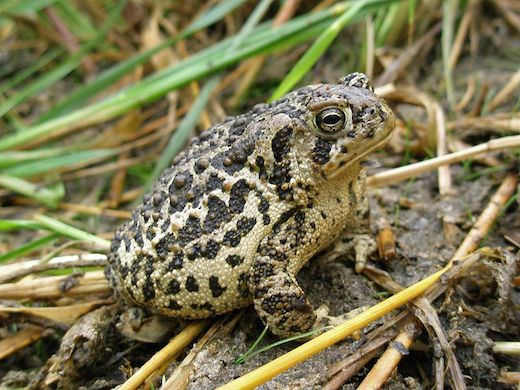Wyoming Toad

Extinct in wild 1978
A dark brown color in tone, the Wyoming toad could easily blend into the forestation around it with ease. They were extremely common in the 1950s, but drastically reduced in number by the time that the 1970s arrived. they were fond all over the place at one stage, and it’s interesting blotches and warts on its body make it quite easy to spot despite the natural color of the toad. Its skin, however, is extremely sensitive to just about everything and this meant that the toads have been susceptible to one of their main killers – chytrid fungus.
Add in the fact that their habitats have been ruined, and their inability to cope with changing climates, and it’s no surprise that these little creatures have begun to start dying out with fairly rapid succession.
Population Distribution
Despite their relatively short lifespan as a species in the 1950s, they were found pretty much all over the place and were abundant to the region in around 1952, right up until 1978 whereby no more wild populations were left. They were found in ponds, small and shallow lakes, seepage pools and just about anything else that had a bit of water in it!
The greater the vegetation in an area the greater the chance was of finding some of these toads lurking around the shallow edges.They tended to especially be drawn to this in later age, most likely to help deal with the pressures and strains of climate change. As the toad gets older, they also tend to drift further to the inland rather than coastal regions which have probably been another key part in their rather rapid death.
Typically, the toads will go into hibernation in the October, to come out in the May to go and mate. This usually took place around about the shores.
Threats
The main threats to these creatures have been down to several threats – many of them inherent through human activity. However, these toads are fairly fragile in comparison to other breeds and they also have a lower life span than other toads. They tend to be very susceptible to illness, as well, and contract diseases – like the aforementioned chytrid fungus – which tend to spell the end for that toad.
The changing weather conditions and the water shortages in Wyoming also helped to contribute to the rapid witting down of this species over a particularly short time – roughly just 25 years.